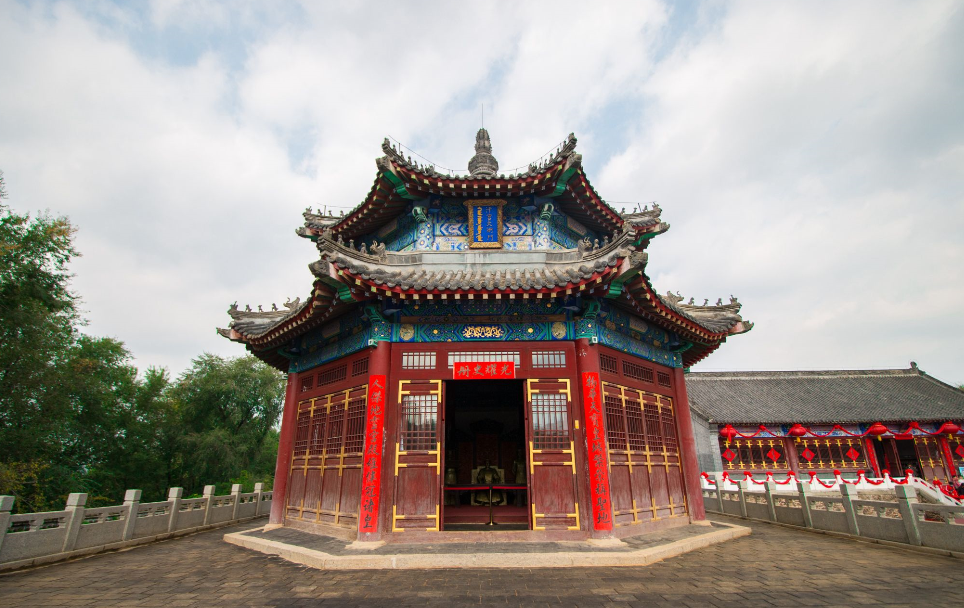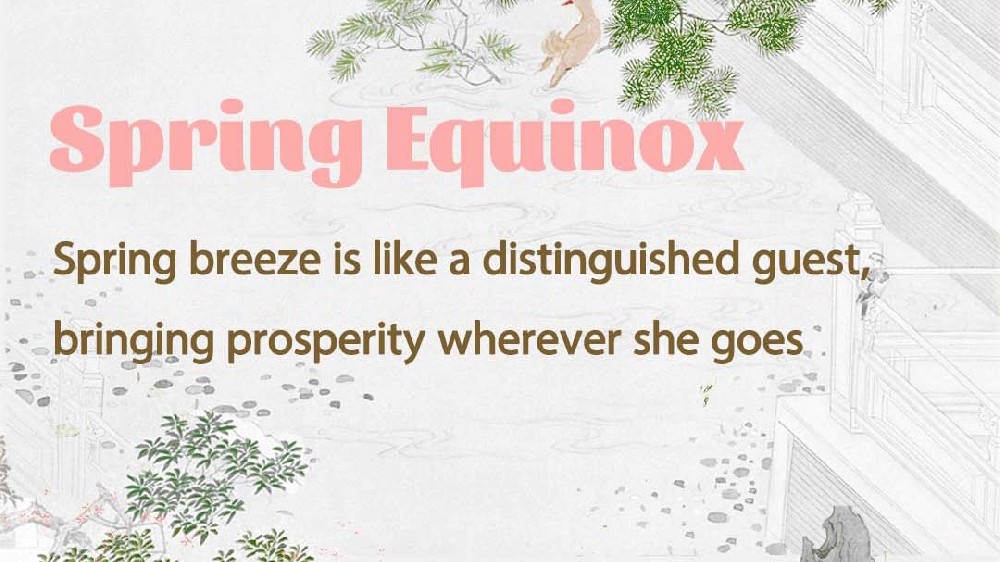Manchu Culture: a Legacy Transformed for the Modern Era
In the 17th century, the Manchus rose to power, overthrowing the Han Chinese-led Ming Dynasty and establishing the Qing Dynasty in Beijing. This marked the beginning of their profound influence on Chinese culture. Following the 1911 Revolution, which ended Qing rule, the Han majority regained prominence in China’s political landscape. Today, "Manchu culture" is often associated with the ethnic group’s traditions during the Qing era. Yet, far from being a relic of the past, Manchu heritage remains vibrant, evolving within China’s modern framework of ethnic unity.

The birthplace of the Qing Dynasty, the city of Hetuala of the Manchu people
The Manchu people originated in Jilin Province, China’s northeastern region. Historically, they thrived as skilled farmers, hunters and fishers, deeply connected to the forests and mountains of their homeland.
The Qing Dynasty, China’s last imperial regime led by an ethnic minority, left an indelible mark on the nation’s cultural identity. Among its most iconic legacies is the cheongsam (qipao), a traditional Chinese women’s garment rooted in Manchu hunting attire. Characterized by its round collar, right-side closure, narrow sleeves and flowing hem, the cheongsam evolved from practical clothing into a symbol of elegance, balancing modesty with grace to accentuate feminine beauty.
Manchu cuisine reflects northern Chinese staples, with millet as a dietary cornerstone and a fondness for sticky rice-based dishes. Pork, often paired with suancai (fermented pickled cabbage)—a Manchu culinary invention—remains a nationwide favorite. The Manchus also excel in pastry-making, with Beijing and northeastern cities still hosting shops specializing in their intricate, mildly sweet treats, once reserved for royal courts.
Traditional arts like paper-cutting, embroidery and architectural ingenuity continue to shape northeastern China’s cultural landscape.
Over time, Manchu culture has shed much of its imperial associations, blending with other ethnic traditions while retaining its core identity. This fusion reflects not decline but resilience—a natural evolution in a multicultural society. Today, Jilin Province leverages its Manchu heritage through cultural theme parks and museums, offering immersive experiences that educate visitors about the ethnic group’s history and contributions.
As one of China’s 56 officially recognized ethnic groups and among its most populous minorities, the Manchus embody a cultural legacy that has endured both historical triumphs and challenges. Once rulers of an empire, their traditions now thrive as a dynamic branch of China’s national identity, celebrated anew in an era of cultural preservation and unity.

